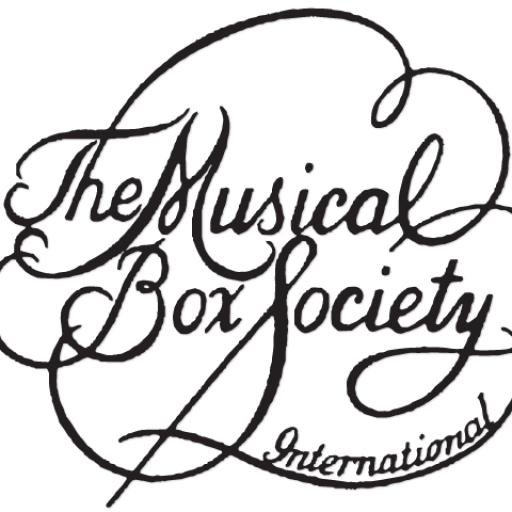The German Phonomuseum St. Georgen in the Black Forest shows the development of mechanical sound recording and playback since Edison’s invention of the phonograph 1877 to today. In a small extra show, the “precursors” of the phonetic technique are shown with mechanical musical instruments (flute clock, polyphonic, orchestrion, electric piano, etc.). With various phonographs, funnels, caskets, suitcases and “salon” grammophones, mechanical and electrical drives, electric pickups and their playback devices, plate changers for shellacs, the “Ur” Tefifon, jukebox, phono suitcases, the first hi-fi Stereo systems up to the high-tech turntables of the 1980s the curious will find very interesting the development history of the phono technique. Pictures, specialist literature and sound carriers complete the exhibition. Most of the exhibits are functional and are shown on guided tours. Director: M. Grieshaber.
Nickelodeon Museum – Currently Closed
Check website for updates. The museum is relocating to Cowichan Bay. Instruments from England. Collection includes barrel organs from the 18th and 19th centuries, cylinder music boxes, automatic pianos, organs etc from the 19th and disc music boxes, player pianos, coin pianos, phonographs, jukeboxes etc from the 20th.
Horovice chateau
The estate was owned by the Silesian family of Vrbno. They lived here to the middle of the 19th century. The last owner, Dominik, sold the whole domain in 1852 to the Hessian Elector Friedrich Wilhelm, Prince of Hanau. The descendants of Friedrich Wilhelm and Gertrude owned the chateau and the domain until 1945, when the whole property was confiscated by the state based on the order of president Benes. Immediately after World War II the castle was used as a hospital and two different troops or the Russian Red army spent some time here. During this time great part of the castles inventory was damaged or taken as spoils of war. In the years 1956-1974 part of the castle was used as the Secondary Technical School of Mechanical Engineering. In 1974 the building was closed and completely renovated. The property had been opened for the public in stages since 1985. In 2000, the chateau was declared to be a national cultural monument, and at the present time, it is under the administration of NHI (National Heritage Institute).
Czech Museum of Music
Public transport: Trams No 12, 15, 20, 22, 23 – stop Hellichova Underground Line A – station Malostranska
Hours of operation: WED-MON: 10 AM-6 PM TUE: CLOSED
Soon after the establishment of the National Museum in 1818 the first materials relating to music started appearing in the collections – music scores, musical instruments, and others. Nowadays the Czech Museum of Music keeps around 700,000 items relating to the history of music as well as one of the largest and most valuable musical collections. The score archive is the major part of the museum – it includes compositions from the 16th century to this day, as well as a sound recordings library. The book library is also large, containing original programmes, posters, paintings and photographs. Aside from the legacies of Bedrich Smetana and Antonin
Dvorak, the leading personalities of Czech music of the late 19th century, the museum takes care also of the inheritance of other significant Czech composers and performers. The permanent exhibition entitled MAN
– INSTRUMENT – MUSIC presents almost 400 musical instruments from the 16th to the 20th century by famous instrument-makers from the Czech lands and Europe. Visitors can admire the beauty of the instruments as well as their authentic sound on unique recordings, and learn how they were used at the time of their making.
Mekaanisen Musiikin Museo
The Musical Music Museum was born of Liisa and Jürgen Kempf’s love of antiquity and music. The family had accumulated over the years a collection that included 70 musical instruments. Several museums of mechanical music existed in Germany, so they set up a museum in Finland, Liisa’s home country. See DeCap Dance Organ, Popper Goliath, dance organs, Automata at the museum.
